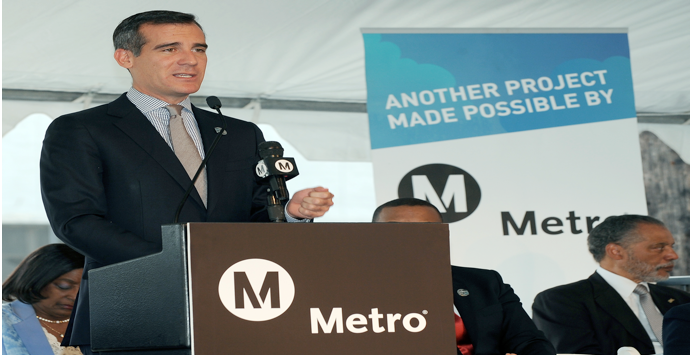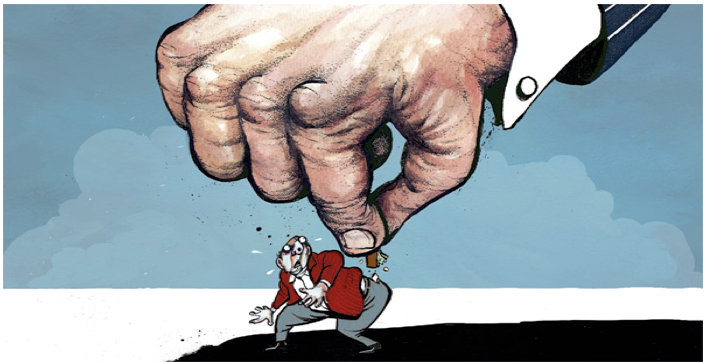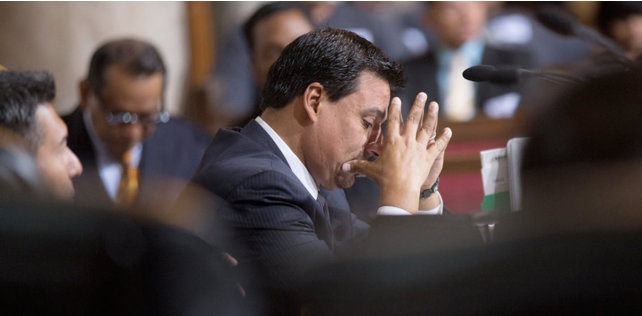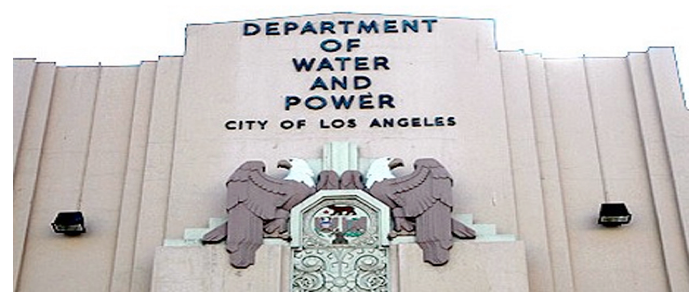Will Your Vote November 8 Cost Dodgers the 2017 World Series?
LA WATCHDOG--The Dodgers had a very good year, especially when you consider that they set a record for placing players on the disabled list, including a number of highly paid starting pitchers. The Bums won the National League West with 91 wins, eliminated the Washington Nationals in a nail biting five game series, and gave the Cubs a run for their money in the National League playoff.
And once again, we led Major League Baseball in attendance.
Now that the official season is over, the hard work begins on constructing next year’s roster so that the Dodgers have a shot of winning the World Series. At the same time, the team needs to guard its future by protecting promising prospects and by not entering into unsustainable long term contracts.
The first order of business is to sign Justin Turner, 31, and Hanley Jansen, 29, to reasonable contracts. This will involve handsome raises over their existing salaries of $2.5 million and $7.4 million, respectively.
The Dodgers will also have to trade for or enter into the free agent market to find two healthy starting pitchers and to add more punch to its lineup. This will require the Dodgers, who already have the largest payroll in baseball, to once again open up the check book.
The Dodgers are an attractive destination for a free agent: a winning team with a shot at a World Series ring, the second largest media market in the country, the glamor and hype of Hollywood, fantastic weather, and enthusiastic fans looking for a repeat of 1988.
But the Dodgers are starting out with two strikes because California has the highest marginal income tax rate in the country, topping out at 13.3% for all income north of $1,000,000. But a million bucks, while a lot of money to the ordinary fan, does not get us a starting player.
Rather, a quality starting pitcher or a productive hitter will command a multiyear contract with an annual salary at least $20 million. At that level, the tax bill from the State of California will be $2.6 million (12.6%), not exactly chump change.
If the Dodgers were to make the player whole for the extra tax, it would cost the Dodgers an extra $4 million when MLB’s luxury tax is taken into consideration.
On the other hand, if Proposition 55, the union sponsored ballot measure that extends the “temporary” Soak the Rich income tax for an additional 12 years, is rejected by the voters, the player will only have to pay 9.8% of his income, or about $2 million. But this is still a hefty amount when compared to other states (Texas, Florida, and Washington) that have no income tax.
But this incremental savings may make a difference to a player or players who may have the potential to help us win a World Series and end our 28 year drought.
While the self-serving proponents tell us that there are no adverse consequences if we stick it to the State’s highest earners, we all know that there is no such thing as a free lunch.
One very real consequence of our hostile tax environment is that many prosperous businesses and their high paying jobs will depart for locations with a more favorable tax and regulatory environment. Or how many large multinational companies will move large manufacturing operations out of Southern California to a more business friendly climate. Or how many people and companies will decide to pass on investing in California, especially since the State is sending the signal that it cannot be trusted when it comes to “temporary” taxes and that tax increases are a way of life.
Prop 55 will also increase our dependence on the income tax which, when the economy and stock market tanks, will result in massive deficits, especially since Sacramento is embarking on a spending spree given the economy’s recovery.
The Los Angeles Times, a supporter of Proposition 30 in 2012 that authorized the “temporary” income tax increase, is urging us to vote NO on Prop 55 because the Legislature has refused to reform our State’s tax structure that is “fiscally, politically, and socially unsound.”
While Prop 55 may not cost us the World Series, it is an example of the unintended consequences of this self-serving ballot measure cooked up by our public sector unions.
Vote NO on Proposition 55.
(Jack Humphreville writes LA Watchdog for CityWatch. He is the President of the DWP Advocacy Committee and is the Budget and DWP representative for the Greater Wilshire Neighborhood Council. He is a Neighborhood Council Budget Advocate. Jack is affiliated with Recycler Classifieds -- www.recycler.com. He can be reached at: [email protected].)
-cw


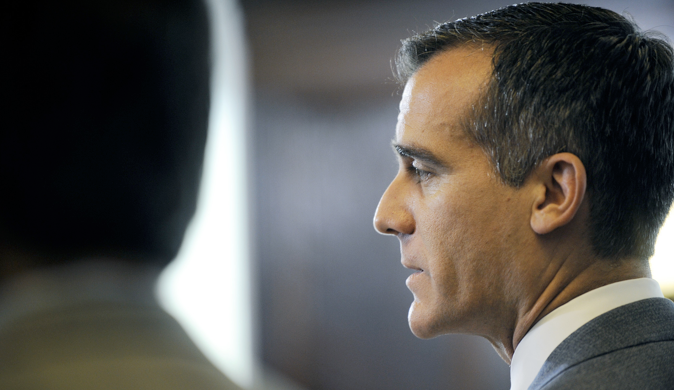







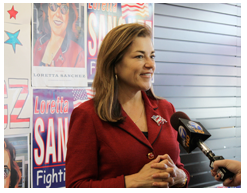 Sanchez, on the other hand, has developed a reputation over her twenty years in House of Representatives as a legislator who can work in a bipartisan manner, much like Senator Diane Feinstein who has been an effective proponent for California. She has the endorsement of 17 of the State’s Democratic Congressional representatives, almost double the number that are supporting Harris.
Sanchez, on the other hand, has developed a reputation over her twenty years in House of Representatives as a legislator who can work in a bipartisan manner, much like Senator Diane Feinstein who has been an effective proponent for California. She has the endorsement of 17 of the State’s Democratic Congressional representatives, almost double the number that are supporting Harris. 


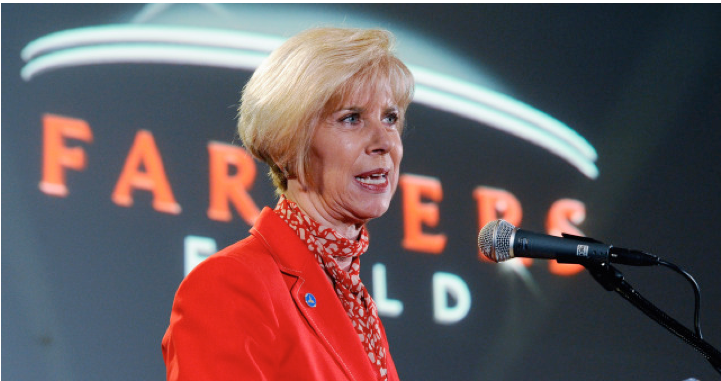

 Notably lacking is any discussion about the economics associated with this ballot measure. But according to several sources, this initiative will increase construction costs by about 30% to 40%, in large part because of the onerous hiring requirements (see below) contained in the initiative.
Notably lacking is any discussion about the economics associated with this ballot measure. But according to several sources, this initiative will increase construction costs by about 30% to 40%, in large part because of the onerous hiring requirements (see below) contained in the initiative. 




 David Wright (left), the Interim General Manager, is a relatively new addition to the Department’s management ranks, but has had considerable utility experience, including as General Manager of Riverside Public Utilities. As the Chief Operating Officer, he also has an understanding of DWP, its management, its strengths and weaknesses, and its highly politicized environment.
David Wright (left), the Interim General Manager, is a relatively new addition to the Department’s management ranks, but has had considerable utility experience, including as General Manager of Riverside Public Utilities. As the Chief Operating Officer, he also has an understanding of DWP, its management, its strengths and weaknesses, and its highly politicized environment. 